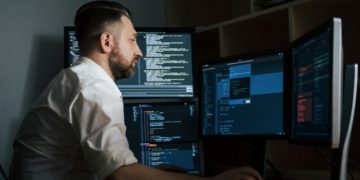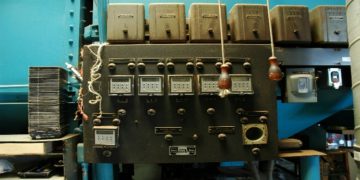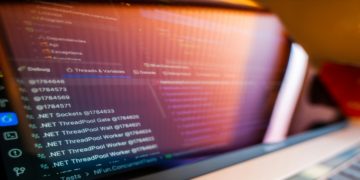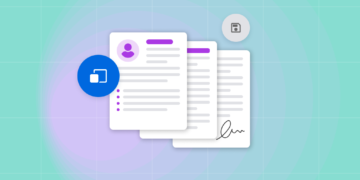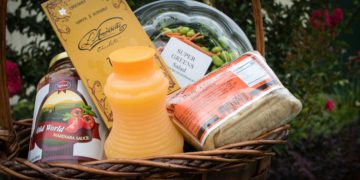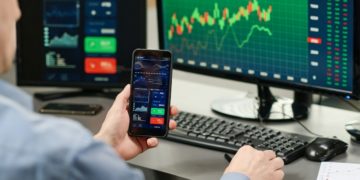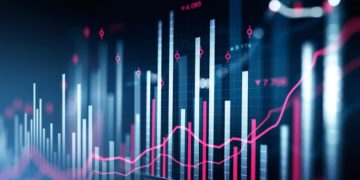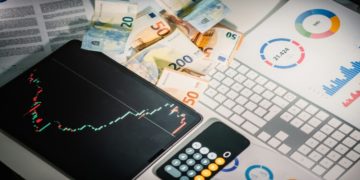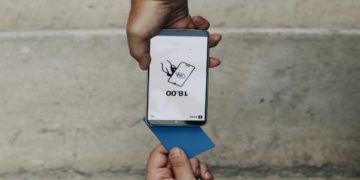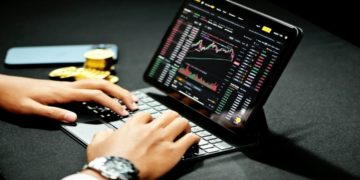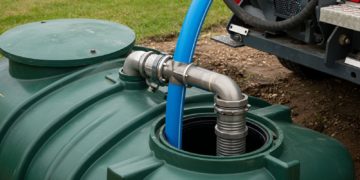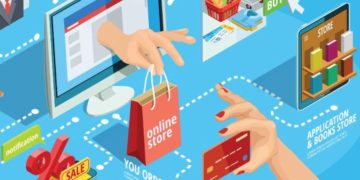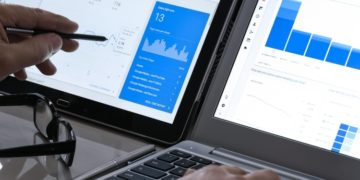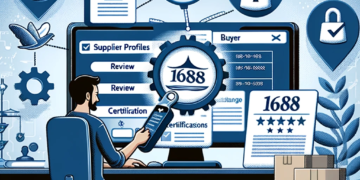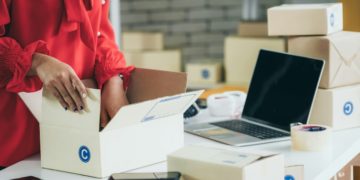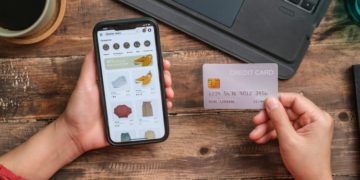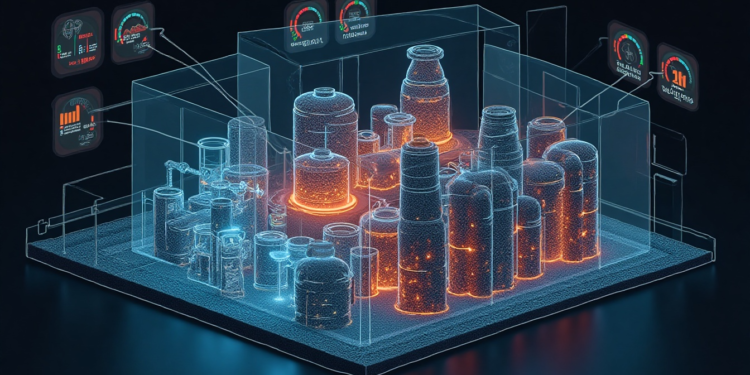SEO Description: With sustainability on the line, digital twins offer the F&B industry real-time insights to cut waste, boost efficiency, and stay competitive.
The global food and beverage industry is pressured to embrace sustainable business practices amid rising resource scarcity, regulatory demands, and environmental concerns. There is no dearth of solutions; however, advanced technological concepts like digital twins technology are proving transformative, especially in F&B manufacturing. Digital twins are virtual replicas of physical systems that allow real-time optimization and simulation, a very fruitful technique when it comes to resource optimization, lower downtime, and predictive maintenance. This is evident from the slated market growth for the F&B-specific digital twin market, which will go up by 25-30%. The key drivers behind the spurring growth are their unique ability to enable streamlined supply chains, increased energy efficiency, and reduced waste.
How is Sustainability Complicating Business in the Food & Beverage Industry?
The food and beverage industry accounts for a third of global anthropogenic emissions and a more significant share of freshwater withdrawals, which can be credited to the inefficiencies that permeate every phase of production. The considerable sustainability challenges resulting from this include:
- Wastage of Resources: The inefficiencies in storage, production, and distribution often lead to higher wastage of resources in both the food and beverage industries. Statistically, over one-third of the food produced is wasted annually.
- Energy Intensity: Food processing is a highly energy-intensive part that consumes a considerable share of the world’s energy. The outdated equipment and suboptimal workflows have been expanding the carbon footprint of the associated industries.
- Supply Chain Disruptions: With the ongoing geopolitical shifts, tariff pressures, and increasing global warming effects worldwide. The transportation delays, spoilage, and overproduction have been significant contributors to global emissions.
- Water Scarcity: Food and agriculture consume more than 60% of global freshwater, and it also involves lots of inefficient usage that further strains the resources. It is high time these inefficiencies were acknowledged through strategic optimization and resource allocation.
The abovementioned challenges demand innovative solutions that can equate the economic viability of F&B manufacturing with environmental stewardship. Digital twins are uniquely positioned to fill that gap.
Digital Twins: Defining the F&B Sector in a New Way
A digital twin is a data-driven, dynamic virtual iteration of a physical asset, system, or process. In the context of the F&B sector, this technology integrates real-time analytics, machine learning, and IoT sensors to simulate all possible scenarios from packaging lines to crop growth.
For instance, the digital twin platform by Siemens allows manufacturers to iterate the complete manufacturing cycles from raw materials acquisition to distribution, predictive maintenance, inefficiencies identification, and much more in a proactive manner.
How Digital Twins are Transforming the Future of Food & Beverage Industry?
Optimization of Resource Efficiency
Digital twins enable precise monitoring of water and energy consumption. With the stimulation of production lines, global leaders like Nestle have reduced water consumption by up to 20% in their manufacturing sites, leveraging the real-time data for adjusting recycling processes and flow rates.
Food Wastage Reduction
The predictive analytics embedded in digital twins can proactively forecast spoilage risks and demand fluctuations. For example, Coca-Cola owns twins of its bottling lines that have minimized overproduction by 10-15%, aligning the company’s output with the real-time market demand.
Enhanced Circular Supply Chains
The digital thread created across supply chains helps increase traceability by allowing companies to trace the origins of raw materials, transportation routes, logistics details, and recycling endpoints. For example, the digital twin initiative by Unilever has helped them reduce waste by 15-20% through material selection and logistics optimization. Real-time tracking has been pivotal in mitigating disruptions, especially during the Suez Canal blockage in 2023.
Accelerating Sustainable NPD
Digital twins enable rapid prototyping of environmentally friendly products. For example, PepsiCo’s virtual R&D lab helped decrease testing cycles by 50-60%. It significantly contributed to the launch of a carbon-neutral line of snacks in 2024. Similarly, Starbucks uses menu twins to understand consumer preferences better, which has helped them decrease food wastage from unsold inventory by 20-25%.
Key Challenges to the Adoption of Digital Twins in the F&B Industry
- High Initial Costs: Implementation of AI platforms and IoT infrastructure demands significant investments that are not easy to come by.
- Data Silos: Legacy frameworks in the older facilities are not equipped enough to integrate real-time data streams, reducing the accuracy of digital twins.
- Skill Gaps: More than 60% of the F&B labour force lacks the skills and training in data analytics.
The Last Word
The above-mentioned challenges have been creating gaps that need to be filled to accelerate the adoption of digital twins in the F&B sector. However, strategic consulting could bridge these gaps with tailored implementation roadmaps, sustainability metrics, workforce upskilling, data integration solutions, and so much more.
Collaborations with strategic consulting companies could be pivotal in overcoming the most significant barriers to digital twins and accelerating their uptake. As the food and beverage industry marches towards net-zero ambition, digital twins will remain indispensable in reconciling revenues, profitability, and the future of food with planetary health.

